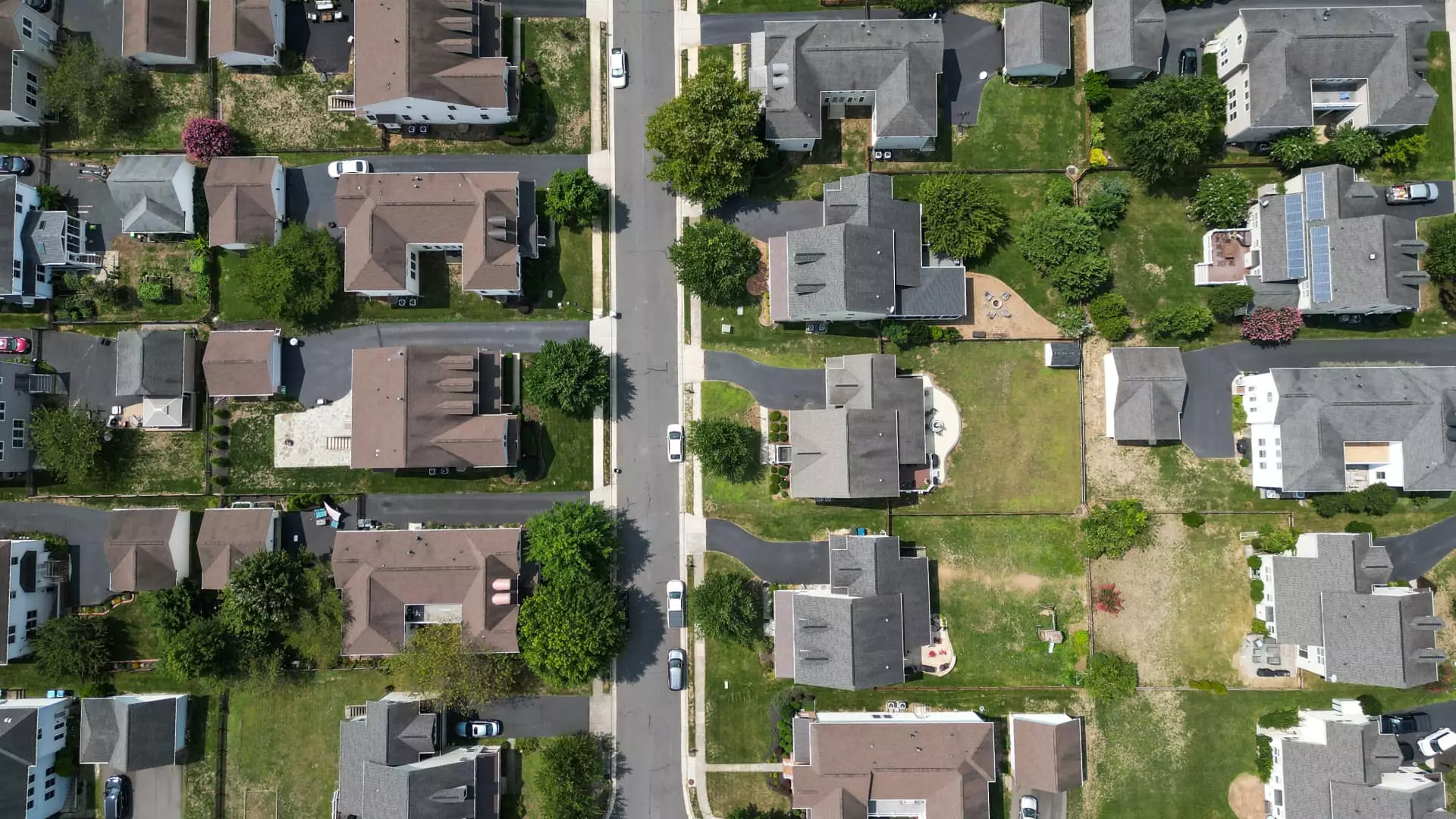In today’s volatile housing market, mortgage demand has hit a significant downturn, reaching levels not seen since mid-summer. The Mortgage Bankers Association has reported a 6.7% decrease in total mortgage application volume compared to the previous week. This decline comes even in a period where mortgage interest rates have remained stable, indicating that other factors are likely influencing consumer behavior. With the average interest rate for a 30-year fixed mortgage holding steady at 6.52%, the conditions should theoretically encourage borrowing rather than suppress it.
The Refinance Dilemma
A major contributor to this dip in mortgage applications appears to be the diminishing interest in refinancing existing loans. The data shows that refinance demand plummeted by 8% over the last week. While this number might seem concerning, it is essential to note that refinance applications are still 90% higher than the same week last year. Last year’s mortgage environment was markedly tougher, with rates nearly touching 8%. This historical perspective highlights how much the market has fluctuated and suggests that, despite current low rates, the overall refinancing trend may have peaked.
For prospective home buyers, the economic landscape remains complicated. Even though mortgage rates are more favorable than a year ago, home prices continue to rise, leading potential buyers to feel squeezed out of the market. The latest figures indicate a 5% decrease in applications for new home purchases this past week, although this number is only slightly up 3% from the same week last year. This stagnation suggests that while interest rates might be lower, the affordability crisis—coupled with rising house prices—poses a significant hurdle for those looking to enter the market.
Real estate professionals are noticing a shift as buyer sentiment appears to be waiting for clarity before making significant financial commitments. With the impending presidential election looming next month, many prospective buyers are adopting a wait-and-see approach. As noted by Joel Kan, an economist with the MBA, increased for-sale inventory and a slowdown in price growth in select markets have begun to provide more opportunities for buyers, which could shift demand patterns if uncertainty eases post-election.
The Future of Mortgage Rates
Looking ahead, there is an immediate concern regarding the potential rise of mortgage rates. Just this week, rates on 30-year fixed mortgages surged by 14 basis points, marking the highest levels since July. If this trend continues, it could further discourage mortgage applications and impact the overall stability of the housing market.
While there are promising signs of a more inviting interest rate environment, the realities of rising home prices and economic uncertainties loom large, creating a intricate puzzle for both buyers and lenders. The coming weeks will be crucial in determining how these factors interact, especially in light of the upcoming electoral decisions.

